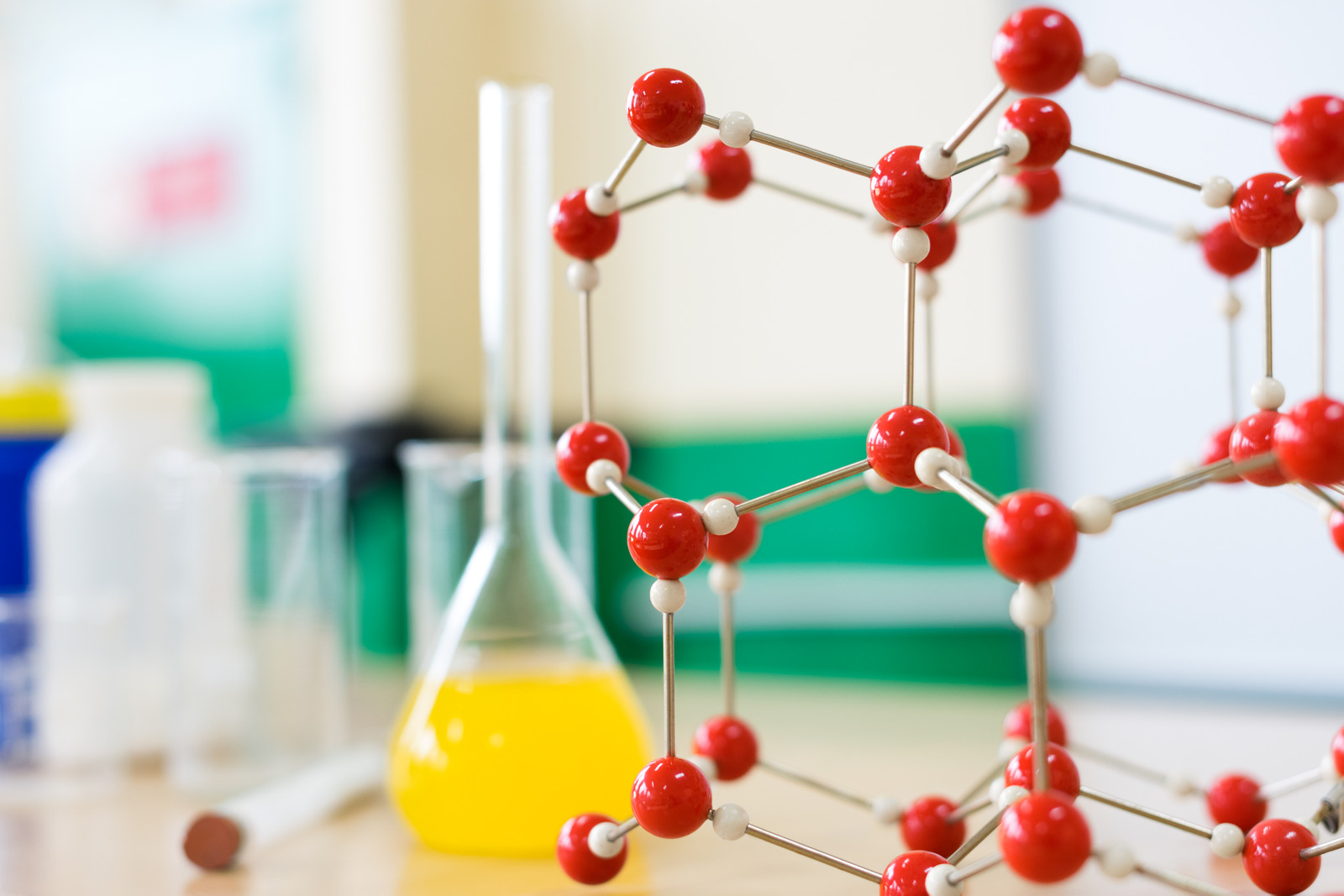How Do Polymers Form
Some polymers are found naturally. This includes cellulose and lignin, for example, which are found in wood. Synthetic polymers are created through a process called polymerization. This is a type of chemical reaction. There are many forms of polymerizations, but these chemical reactions involve the repetitive chemical bonding of monomers. Monomers are an individual molecule.
Polymer Chemistry offers a wide range of solutions covering all types of polymers and their development.
The Polymerization Process
Polymerization is done using a variety of combinations of pressure and heat, as well as catalysis. Each one of these, applied in various ways to the monomers, creates changes to the chemical bonds that keep monomers linking to each other. Most often, the application of these components will cause the monomers to link to each other in a linear way. When this happens, the chain of monomers created is called a polymer.
The polymerization process can join entire monomers together. In other cases, they may join just portions of the monomers together. When this occurs, the remaining material is a by-product.
Another application occurs when two or more monomers that are different from each other are formed. These are called copolymers.
It is also possible for two or more polymers to be combined with each other. When this happens, they produce an alloy or a blend. In these situations, the end product has the characteristics of each of the original components.
The Plastic Bag
One way to understand how polymers are created is to consider the makeup of one. Polyethylene is the most common plastic and is found in a wide range of materials including a simple plastic bag. It is also found in water bottles and toys of all types. To produce this, ethylene is used, which is a monomer that is made up of two carbon atoms. Those carbon atoms are bonded by two hydrogen atoms. This means they have a double bone with the other. Polyethylene is made up of a chain of single-bonded carbon atoms. Each of these carbon atoms has two hydrogen atoms.
To produce polyethylene, the polymerization process has to occur. One way to do this is through a free radical polymerization. This process has three steps. These are the initiation, propagation, and termination.
In the first step, it is necessary to add a catalyst to the current ethylene that is available. One of the most common catalysts for this is benzoyl peroxide. Once added, it is then heated. This causes the benzoyl peroxide to split into two fragments. As this occurs, each of the fragments has an unpaired electron. This is the free radical component of the polymerization. Scientifically, these are called initiator fragments.
In this process, when there is an unpaired electron, it will normally seek out a target in the double bond that occurs between the carbon atoms in the ethylene molecule. The initiator fragment will bond itself to the carbon atoms of the monomer. This creates a “happy” radical.
This process creates another free radical. This one is associated with the ethylene molecule’s other carbon atom. This radical is also naturally going to seek out a new partner. Typically, the ethylene monomers will seek to attach themselves in a linear chain. As this happens, it creates new radicals every time. As a result, that chain grows, link by link. Once it reaches this process, we are in the second step, called propagation.
These chains are occurring throughout the process. As they are growing, they can also attach to each other, which lengthens them quickly. Most of the time, the chains will link end to end, creating a straight “line” of links. However, there are some situations where they may join a backbone. When this happens, it creates branched polyethylene molecules. This process continues and continues.
The third stage, called termination, happens at some point. This occurs when the free radical polymerization stops. This can happen when a carbon atom with a free radical fails to take an electron from a double-bonded carbons. Instead, the free radical may take the full hydrogen atom from another chain end. When this happens, the polymer end no longer has hydrogen present. Instead, it creates a double bond with the carbon atom nearby. As a result, the polymerization enters the termination phase.
The create of polyethylene is also called an addition polymerization. That is because, after this process, every component of the ethylene monitor is within the finished polymer. In other words, all of the ethylene molecules are added together.
By contrast, some other polymerization will only use a portion of a monomer. When this happens, it is called a condensation polymerization. When condensation reactions occur, the result is condensed polymers. These will have less mass in total than the original monomers used to create the process.
Understanding Polymer Creation Isn’t Easy
One of the most complicated steps in the polymerization process is just that – there are numerous types of catalysts that can be added and a variety of controllable elements that factor into the process. That is why there are so many different types of polymers and numerous ways they can interact with each other.
You can learn more about the polymers we create and their numerous applications by reaching out to the team at Polymer Chemistry today. There’s much more to learn about the way polymers are made and we can provide you with insight into how that applies to your project and your needs. Reach out to us today.

